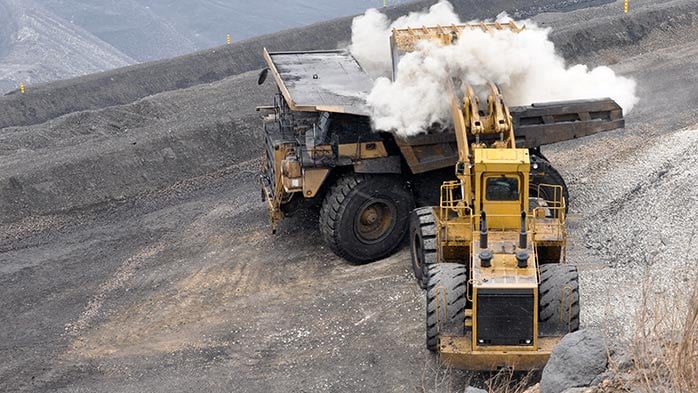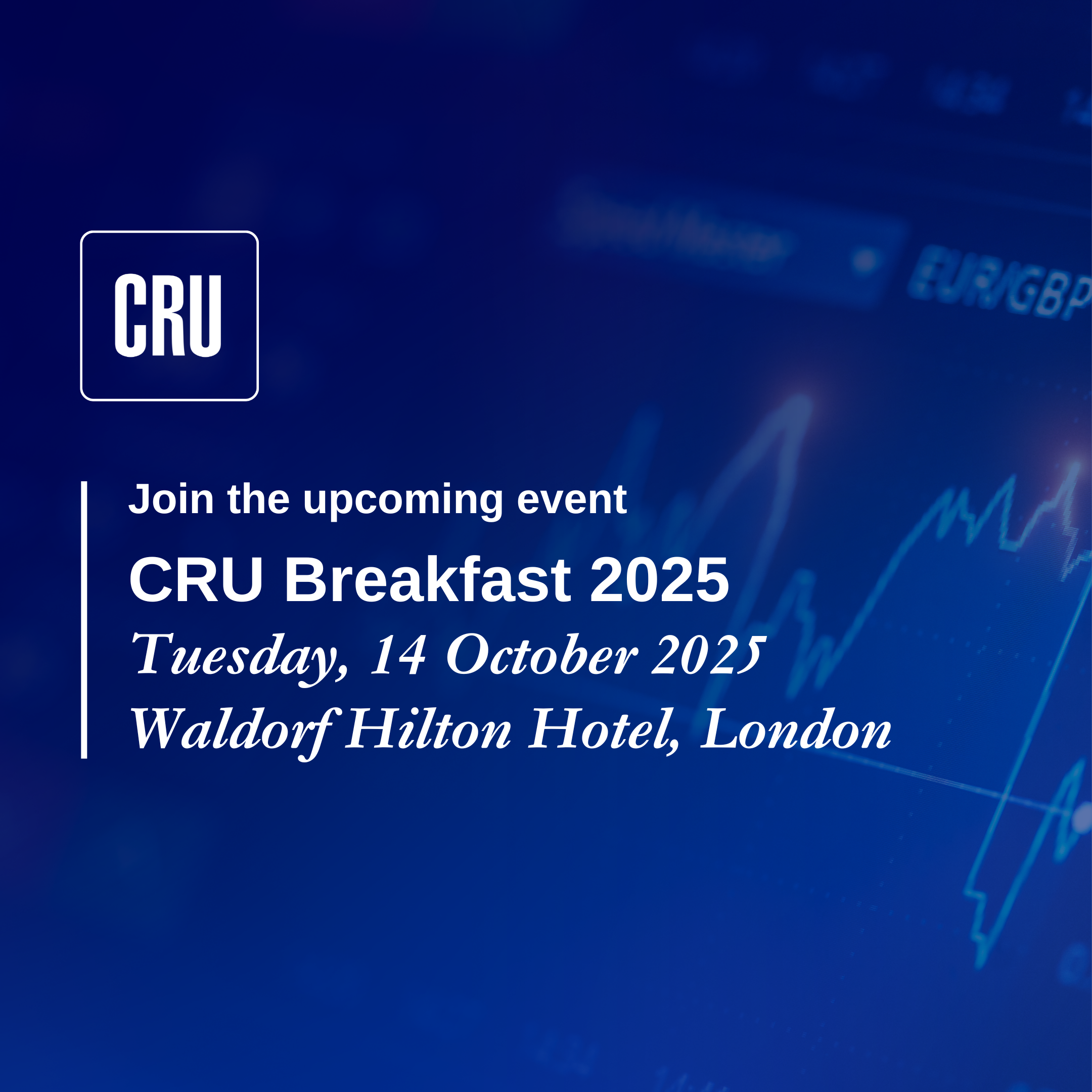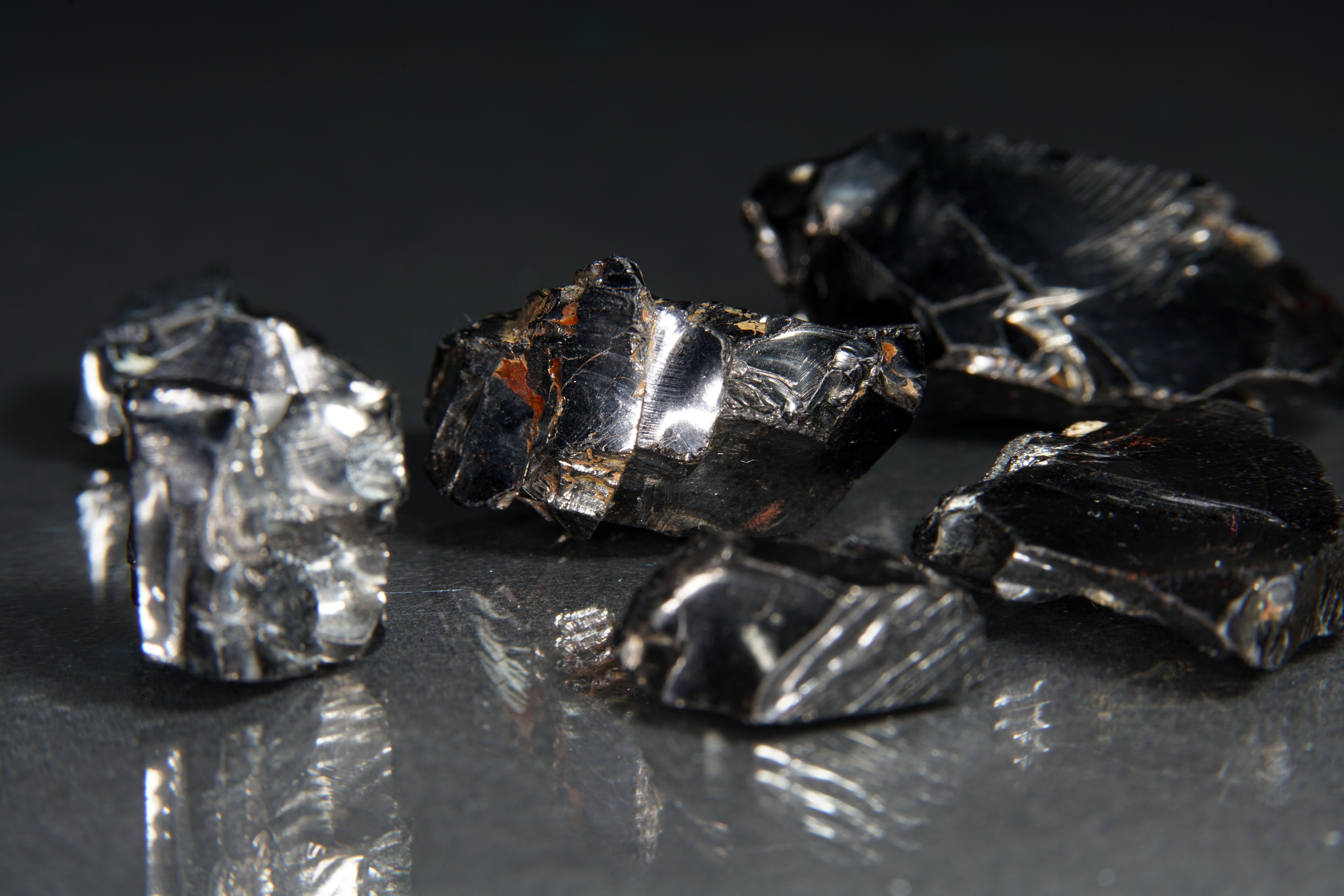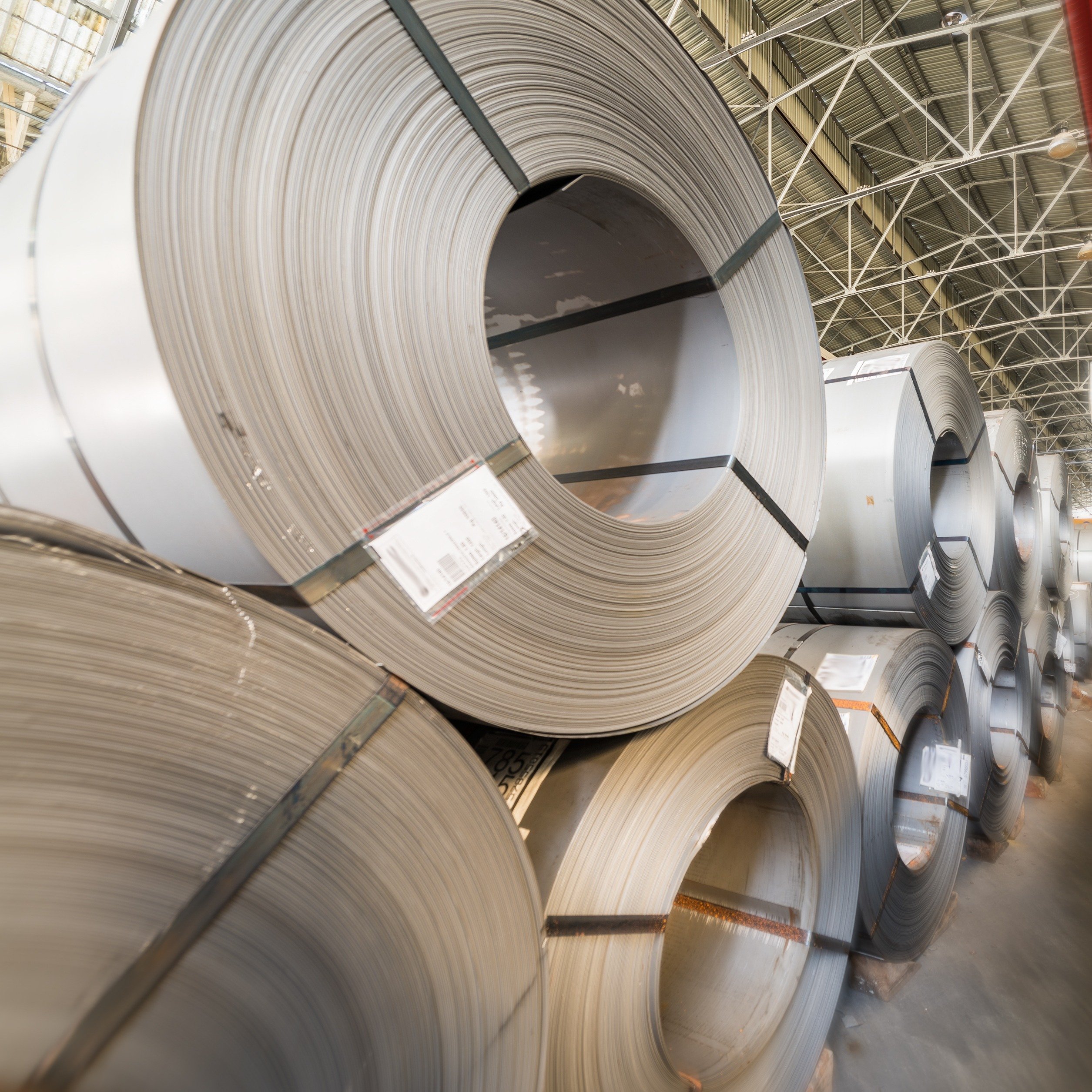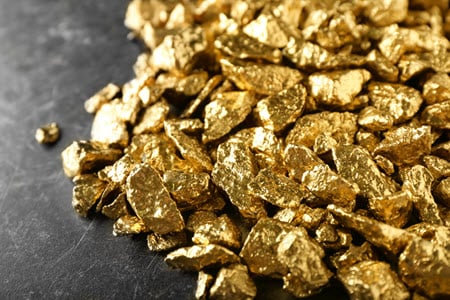High purity quartz (HPQ), sometimes referred to a ultra-high purity quartz, is a refined quartz sand product with the highest commercially available silicon dioxide (SiO2) content – 99.995% or above. It is distinguished by its exceptional physical qualities and the precise chemical composition in order to meet very stringent end-use industry standards. This article will discuss how has HPQ demand and supply emerged as a hot topic.
HPQ is predominantly utilised in high-end applications, such as solar PV and semiconductor crucibles, optical fibre, and advanced glassware. Despite its critical role in the upstream manufacturing processes of these industries, HPQ serves as a bottleneck due to its premium nature and the significant natural resource barriers that limit HPQ supply. At present, only two companies globally – Sibelco and The Quartz Corp (TQC) operating in Spruce Pine, North Carolina, USA – have the capability to produce advanced and premium-grade HPQ in an economically viable and scalable manner.
HPQ has only recently emerged as an industry hot topic due to both demand increases and to the threat of supply disruptions. Before 2021, the market was stable and quiet, with predictable price movements for a considerable amount of time. Similarly, HPQ demand and supply were in a relatively stable trend pre-2021. However, everything changed when solar PV demand accelerated, notably in China in 2021. This Insight introduces this mineral and considers its prospects, using analysis and data from the recently published High Purity Quartz Special Report 2025 (please contact the authors if interested).
As solar PV demand soared from 28 kt in 2021 to 65 kt in 2023, HPQ demand – the essential raw material for manufacturing quartz crucibles upstream – reached record levels, driving prices to new highs between 2022 to 2023.
Crucibles are bowl-shaped containers used for heating materials to manufacture silicon wafers for solar cells and microchips. This sharp increase in HPQ demand, coupled with constrained HPQ supply, led to significant price spikes. Over this period, the average High Purity Quartz prices more than doubled, rising from under $10 /kg to over $20 /kg, primarily due to robust HPQ demand and liquidity constraints in the spot market. While prices have come down from these peaks, current pricing still remains on average 100% higher than the pre-pandemic annual averages.
Supply outlook holds the key to the future
In 2024, High Purity Quartz prices collapsed due to the overcapacity in the solar PV market in China, although high-end prices remain resilient. CRU believes future pricing will be dependent on the speed of supply to this fast-growing market. Currently, the market is consolidated with only a few suppliers – two in the USA, with Sibelco and TQC; and one in China, with Pacific Quartz. These three producers dominate the market, with combined total HPQ shipments accounting for around 85% market share in 2023.
However, this situation currently appears to be at a tipping point as incumbent and junior producers have been raising their production outlook and expanding (or planning to expand) production capacity, especially in the mid-stream processing capacity portion of the HPQ value chain. Faster-than-expected expansion plans might weigh on future High Purity Quartz prices. However, we remain conservative on the actual capacity commencement speed and the expansion volume of high-end supplies overall. This has less to do with the availability of processing capacity, but more to do with the scarcity of potential mined supply, which is comparable to that of Spruce Pine. In addition, beyond this high-end resource scarcity, the long mine development timelines and time-consuming qualification procedures mean new market entrants face a long, tough road to entry.
Despite this, interest in new capacity has increased, not just due to growing HPQ demand. When Hurricane Helene hit the area of North Carolina around Spruce Pine in late 2024, operations for TQC and Sibelco were impacted as roads were blocked, electricity was cut and the flooding damage was widespread. However, the disruption did not cause acute market issues as stocks (kept relatively high in this concentrated market) were sufficient and both operators returned to action more quickly than originally feared. Even so, this event highlighted the concentration of HPQ supply mostly from one deposit, leading to an increase in investigations of other potential sources.
This interest is further fuelled by the rapid expansion of the AI sector, which has highlighted the critical role of semiconductor manufacturing; and the criticality of HPQ has risen to new heights. Today, both solar PV and semiconductors have emerged as key drivers of HPQ demand growth in the market, and CRU expects this to continue in the medium term.
However, on the flip side, the heated concerns about Environmental, Social and Governance issues (ESG), particularly regarding the sourcing and supply chain of HPQ in the solar manufacturing sector, remain an issue.
ESG demand vs. reality in the solar sector
As solar PV demand skyrocketed, the industry has increasingly leaned on HPQ – a material with limited global supply and significant ESG implications. The surge in HPQ demand, concentrated among a few suppliers (notably Sibelco, TQC, and Pacific Quartz) has put stress on the existing supply chain, which is not currently aligned with strong ESG transparency or resilience standards, particularly traceability, environmental impact and ethical sourcing.
This misalignment is becoming more evident with:
- Solar Stewardship Initiative (SSI)
SSI emphasises traceability, accountability and sustainability in solar supply chains, and reflects growing investor and public pressure for ESG-aligned sourcing. However, upstream HPQ operations remain highly concentrated and resource-limited, with restricted movement toward diversified, traceable sources, highlighting the industry's lag in implementing initiatives like SSI.
- Trade tariffs and geopolitical pressures
Recent trade tariffs on high-purity quartz – particularly those targeting Chinese sources –exacerbate the fragility of a supply chain that already relies heavily on a few key suppliers. These tariffs are not just economic levers, they reflect geopolitical concerns about sustainability, transparency and national resource security. This further highlights the urgency for ESG-compliant, diversified sourcing strategies that solar manufacturers have not yet widely adopted.
- China's critical mineral designation
China’s 2024 designation of HPQ as a “critical mineral,” particularly due to its use in both solar PV and semiconductors, underscores the strategic importance of this material. It also signals potential future export controls or supply restrictions – another wake-up call for manufacturers dependent on opaque or geographically-concentrated supply chains.
In summary, the solar industry’s ESG gap is widening in the face of initiatives like the Solar Stewardship Initiative and mounting geopolitical pressures. While HPQ is essential to solar manufacturing, its supply remains opaque, geographically narrow, and environmentally intensive.
CRU’s recently published High Purity Quartz 2025 Q1 Special Report (please contact authors if interested) offers a thorough examination of the HPQ market, including detailed specifications, downstream applications, and emerging technologies poised to disrupt the current landscape. This report also analyses key players within the value chain. Rich in information, this report is structured to offer upstream to downstream HPQ companies, investors, newcomers, and other non-industry stakeholders a clear and accessible overview of market dynamics and trends.
CRU Consulting can help you deepen your understanding of HPQ industry dynamics, HPQ demand and supply balances and implications for High Purity Quartz prices. CRU also works across HPQ-related sectors, including solar, silicon metal and optical fibre, with extensive experience in market intelligence, data services, special reports and consulting offerings in these areas.
Please reach out to Monique Chen (monique.chen@crugroup.com) or Willis Thomas (willis.thomas@crugroup.com) if you’re interested in the High Purity Quartz 2025 Q1 Special Report.






